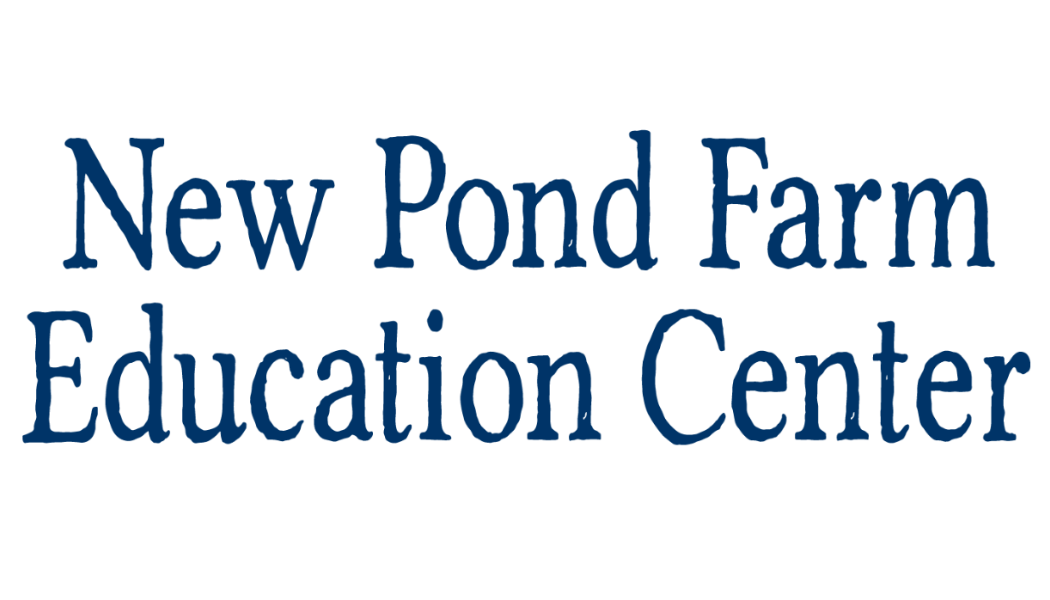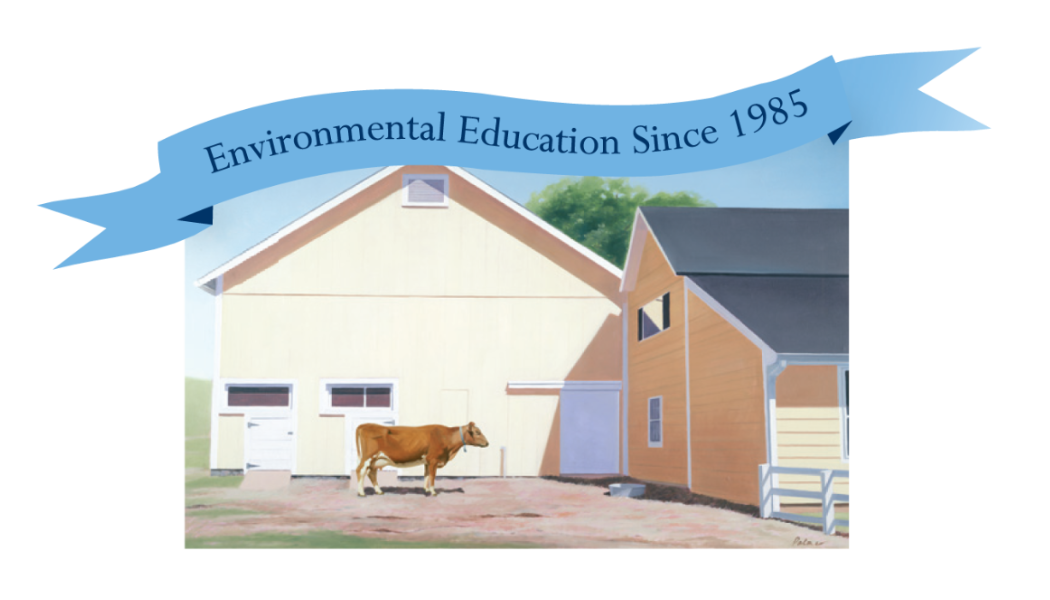Latest News
FOLLOW US!

3,922
New Pond Farm Education Center
Environmental Education Center and small working farm.
8 hours ago
🍦Farm Friday🍦![]() Week 2 of our Dairy Recipe Series: Ice Cream
Week 2 of our Dairy Recipe Series: Ice Cream![]() Craving something sweet, but a plain glass of milk just isn’t cutting it?
Craving something sweet, but a plain glass of milk just isn’t cutting it?![]() Transform that milk into a creamy, homemade treat with this easy soft serve ice cream recipe: made even better with New Pond Farm’s fresh whole or chocolate milk! It’s quick, fun, and only takes a few simple ingredients.
Transform that milk into a creamy, homemade treat with this easy soft serve ice cream recipe: made even better with New Pond Farm’s fresh whole or chocolate milk! It’s quick, fun, and only takes a few simple ingredients.![]() Here’s what you’ll need:
Here’s what you’ll need:![]() • ½ cup whole or chocolate milk
• ½ cup whole or chocolate milk![]() • ½ teaspoon vanilla extract
• ½ teaspoon vanilla extract![]() • 1 tablespoon sugar
• 1 tablespoon sugar![]() • ⅓ cup rock salt
• ⅓ cup rock salt![]() • Ice
• Ice![]() • Quart-sized Ziplocs (double up to prevent spills)
• Quart-sized Ziplocs (double up to prevent spills)![]() • 1 gallon-sized Ziploc bag
• 1 gallon-sized Ziploc bag![]()
![]() How to make it:
How to make it:![]() 1. Combine the milk, vanilla, and sugar in the quart-sized bag. Seal it tightly and double up.
1. Combine the milk, vanilla, and sugar in the quart-sized bag. Seal it tightly and double up.![]() 2. Fill the gallon bag halfway with ice and add the rock salt.
2. Fill the gallon bag halfway with ice and add the rock salt.![]() 3. Place the sealed quart bag inside the gallon bag and seal again.
3. Place the sealed quart bag inside the gallon bag and seal again.![]() 4. Shake the bags vigorously for 10–15 minutes, or until the mixture thickens and freezes into creamy soft serve ice cream.
4. Shake the bags vigorously for 10–15 minutes, or until the mixture thickens and freezes into creamy soft serve ice cream.![]()
![]() Just like that, you’ve made your own homemade New Pond Farm soft serve, perfectly sweet and refreshingly simple. Whether you go for vanilla or chocolate, it’s a tasty way to enjoy our fresh dairy in a whole new way!
Just like that, you’ve made your own homemade New Pond Farm soft serve, perfectly sweet and refreshingly simple. Whether you go for vanilla or chocolate, it’s a tasty way to enjoy our fresh dairy in a whole new way!
3 days ago
Our 2025 camp season is flying by! Our campers have been having a blast exploring the farm, visiting the cows, hiking through the woods, spending time with our ambassador animals, and so much more! 🪲🌸🐄![]()
![]() We happen to have one spot open on our 1st and 2nd grade Nature Trekkers group for next week! If your child is interested in coming to camp July 21st-25th, you can enroll through our website newpondfarm.org.
We happen to have one spot open on our 1st and 2nd grade Nature Trekkers group for next week! If your child is interested in coming to camp July 21st-25th, you can enroll through our website newpondfarm.org. ![]()
![]() 🌿🕷️🐛🐜🐄🪲🌸🐞🌳
🌿🕷️🐛🐜🐄🪲🌸🐞🌳![]()
![]() #reddingct #handsonprogram #outdoors #summercamp #reddingct #newpondfarmredding #NewPondFarm
... See MoreSee Less
#reddingct #handsonprogram #outdoors #summercamp #reddingct #newpondfarmredding #NewPondFarm
... See MoreSee Less
3 days ago
🐮Trivia Tuesday🐮![]() From hands-on environmental education to our beloved dairy cows and enriching summer camps, New Pond Farm offers countless opportunities to learn, grow, and connect with nature.
From hands-on environmental education to our beloved dairy cows and enriching summer camps, New Pond Farm offers countless opportunities to learn, grow, and connect with nature. ![]()
![]() This week’s trivia question invites you to reflect: What aspect of New Pond Farm has taught you the most or made the biggest impact on you? Share your favorite educational experience in the comments!
... See MoreSee Less
This week’s trivia question invites you to reflect: What aspect of New Pond Farm has taught you the most or made the biggest impact on you? Share your favorite educational experience in the comments!
... See MoreSee Less
1 week ago
🧈Farm Friday🧈![]() Ever find yourself buying dairy products from New Pond Farm and wondering how to use them? Over the next few weeks, we’ll be sharing easy, delicious recipes to help you make the most of your farm-fresh purchases!
Ever find yourself buying dairy products from New Pond Farm and wondering how to use them? Over the next few weeks, we’ll be sharing easy, delicious recipes to help you make the most of your farm-fresh purchases!![]()
![]() First up: homemade butter! Believe it or not, making your own butter is as simple as whipping cream until it thickens and separates. You can skim the cream from the top of our New Pond Farm whole milk, or you can use store-bought heavy cream, both work perfectly.
First up: homemade butter! Believe it or not, making your own butter is as simple as whipping cream until it thickens and separates. You can skim the cream from the top of our New Pond Farm whole milk, or you can use store-bought heavy cream, both work perfectly.![]()
![]() Simply whip the cream until it transforms from liquid to a thick, buttery spread. You’ll notice a liquid separating from the butter, that’s buttermilk! Be sure to save it for baking or cooking later.
Simply whip the cream until it transforms from liquid to a thick, buttery spread. You’ll notice a liquid separating from the butter, that’s buttermilk! Be sure to save it for baking or cooking later.![]()
![]() Once your butter has formed, rinse it in cold water to wash away any remaining buttermilk. Then, shape it however you like and store it in the fridge wrapped in parchment paper or sealed in an airtight container.
Once your butter has formed, rinse it in cold water to wash away any remaining buttermilk. Then, shape it however you like and store it in the fridge wrapped in parchment paper or sealed in an airtight container.![]()
![]() Once you taste your fresh, homemade butter, you might never go back to store-bought again!
... See MoreSee Less
Once you taste your fresh, homemade butter, you might never go back to store-bought again!
... See MoreSee Less
1 week ago
🐄Trivia Tuesday🐄![]() Have you noticed the new decorations hanging in the Dairy? We’ve added some fresh posters filled with fun facts and information about New Pond Farm for you to enjoy while purchasing your milk!
Have you noticed the new decorations hanging in the Dairy? We’ve added some fresh posters filled with fun facts and information about New Pond Farm for you to enjoy while purchasing your milk!![]()
![]() Now, let’s see who’s been paying attention! In the comments, test your barnyard knowledge by filling in the blanks to name the cow breeds that call New Pond Farm home.
Now, let’s see who’s been paying attention! In the comments, test your barnyard knowledge by filling in the blanks to name the cow breeds that call New Pond Farm home.![]()
![]() Need a hint? Stop by the Dairy and check out the posters to find the answers!
... See MoreSee Less
Need a hint? Stop by the Dairy and check out the posters to find the answers!
... See MoreSee Less


